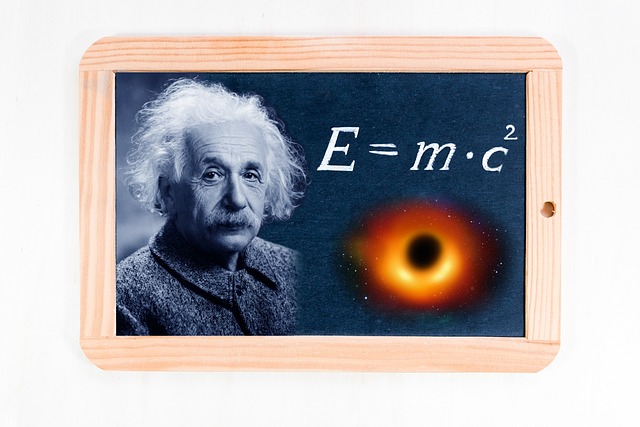Painting has long served as a profound mirror reflecting humanity’s journey, capturing moments, emotions, and ideas across millennia. It’s a language spoken in color, line, and form, understood differently by each eye that beholds it. Yet, the very essence of what makes a painting resonate often lies not in a fixed, absolute truth, but in a fascinating interplay of perspectives—a kind of relativity that shapes our understanding and connection to the artwork.
Think about it: your perception of a painting is relative to your own life experiences, cultural background, and even your mood on a given day. This inherent subjectivity is amplified when we consider the vast landscape of art history and global cultures.
Relativity and Fine Arts
What qualifies as Fine Art”? The definition itself has been a moving target, relative to the era, the prevailing aesthetic tastes, and societal values. In one period, highly realistic portraiture or religious scenes were the pinnacle. In another, abstract expressionism or conceptual pieces took center stage. The criteria for mastery, beauty, and significance are not universal constants but evolve, shifting like sand dunes shaped by cultural winds. This relativity allows for continuous innovation and challenges our fixed notions of artistic merit.
Culture as a Relative Lens
Culture acts as perhaps the most powerful relative force shaping painting. Every stroke, every color choice, every subject depicted is filtered through the unique lens of the culture from which it originates. Consider the vibrant, symbolic storytelling in Aboriginal dot painting compared to the serene landscapes of classical Chinese ink wash, or the dramatic intensity of Baroque European art. Each tradition expresses a distinct worldview, a specific relationship with nature, spirituality, and society. Seeing these diverse forms side-by-side underscores the relativistic nature of cultural expression through paint.
A single theme, like “family” or “nature,” will be interpreted and painted in countless ways across different cultures, each reflecting relative values, social structures, and aesthetic preferences. These variations don’t just show *how* people paint differently; they reveal *how* people *see* and *understand* the world differently.
Engaging with painting from various backgrounds invites us to step outside our own cultural context and appreciate alternative perspectives. It’s through this engagement that we can feel a sense of shared humanity, recognizing universal themes expressed through relative visual languages. Painting, in its diverse forms, becomes a bridge across cultural divides, allowing us to glimpse the myriad ways humans make sense of their existence, each way valid and meaningful in its own relative space.




